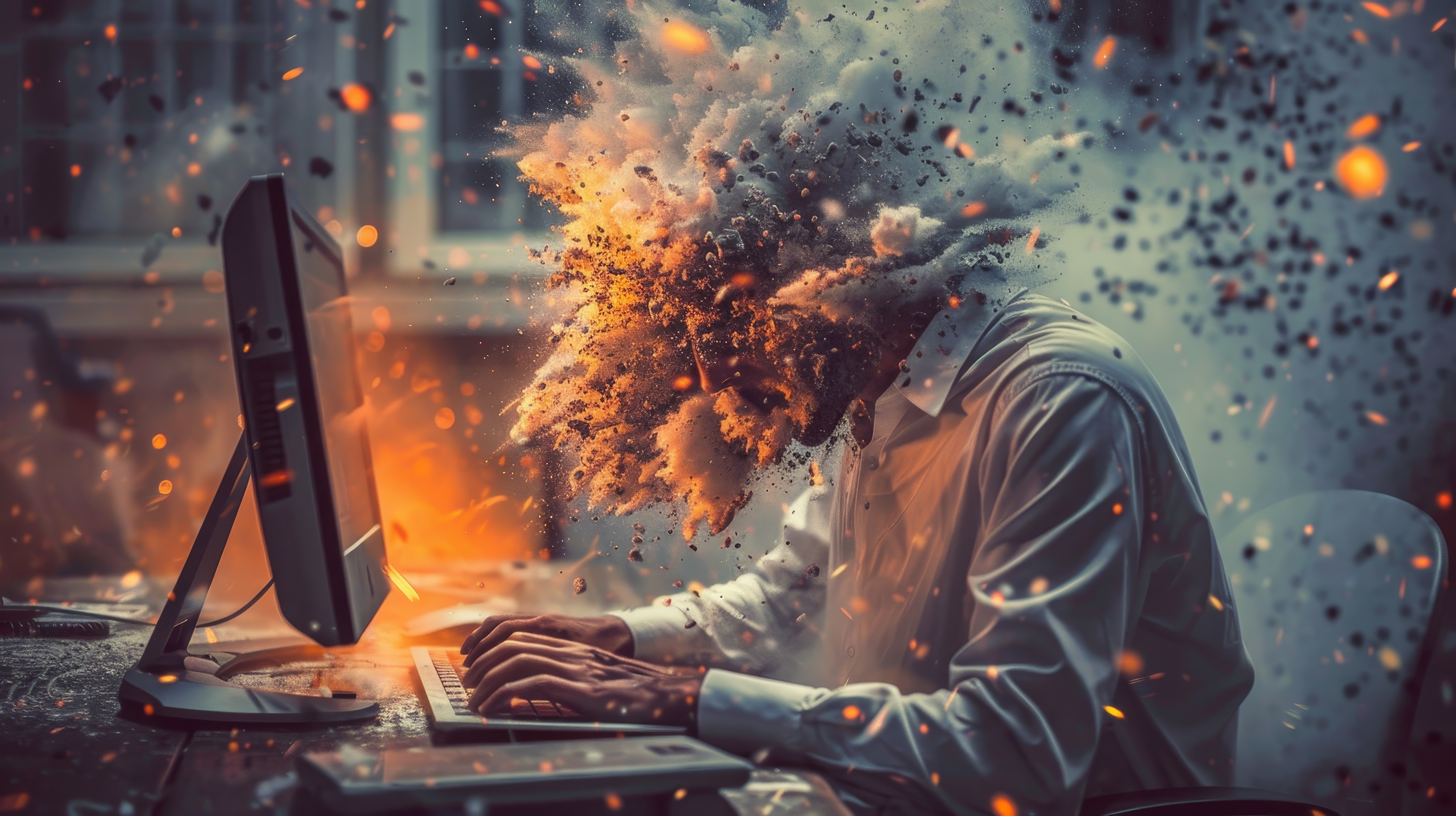To become a full-stack developer, one needs to master a variety of tools, languages, and systems. Here’s a breakdown:
Front-End Technologies
- HTML/CSS: The building blocks of the web, essential for creating the structure and style of web pages.
- JavaScript: A versatile language that’s crucial for front-end, back-end, and full-stack development. It’s the only language that runs natively in browsers and can also be used on the server side.
Back-End Technologies
- Node.js: A JavaScript environment that simplifies transitioning from front-end to back-end development. Express is a popular framework for building web applications with Node.js.
- Ruby: Frameworks like Rails and Sinatra are commonly taught as introductory back-end languages.
- Python: Popular frameworks include Django and Flask, known for their simplicity and effectiveness.
- Java: While less common in full-stack courses today, Java remains in demand for back-end development in certain companies.
- PHP: A longstanding cornerstone of the web, still widely used for server-side scripting.
Databases & Web Storage
A full-stack developer should understand how to store and retrieve data using various databases and storage solutions:
- Relational Databases: SQL-based databases like MySQL, MariaDB, and Oracle DB.
- NoSQL Databases: Non-relational options like MongoDB and DynamoDB.
- In-Memory Data Stores: Tools like Redis or Memcached for high-speed data access.
- Web Storage: Techniques for storing sessions, cookies, and cached data in the browser.
- Database Scaling & ORM: Advanced topics that are useful for handling large-scale applications.
HTTP & REST (Web Services)
Understanding HTTP, the protocol that enables communication between clients and servers, is crucial. RESTful services allow developers to build scalable web applications with clear API endpoints.
Web Application Architecture
Building complex web applications requires knowledge of how to structure code, organize files, manage databases, and optimize tasks between client-side and server-side.
Git
Git is an essential version control system that allows developers to track changes, collaborate on codebases, and maintain project history.
By mastering these skills, you’ll be well on your way to becoming a proficient full-stack developer, equipped to handle the challenges of modern web development.



























